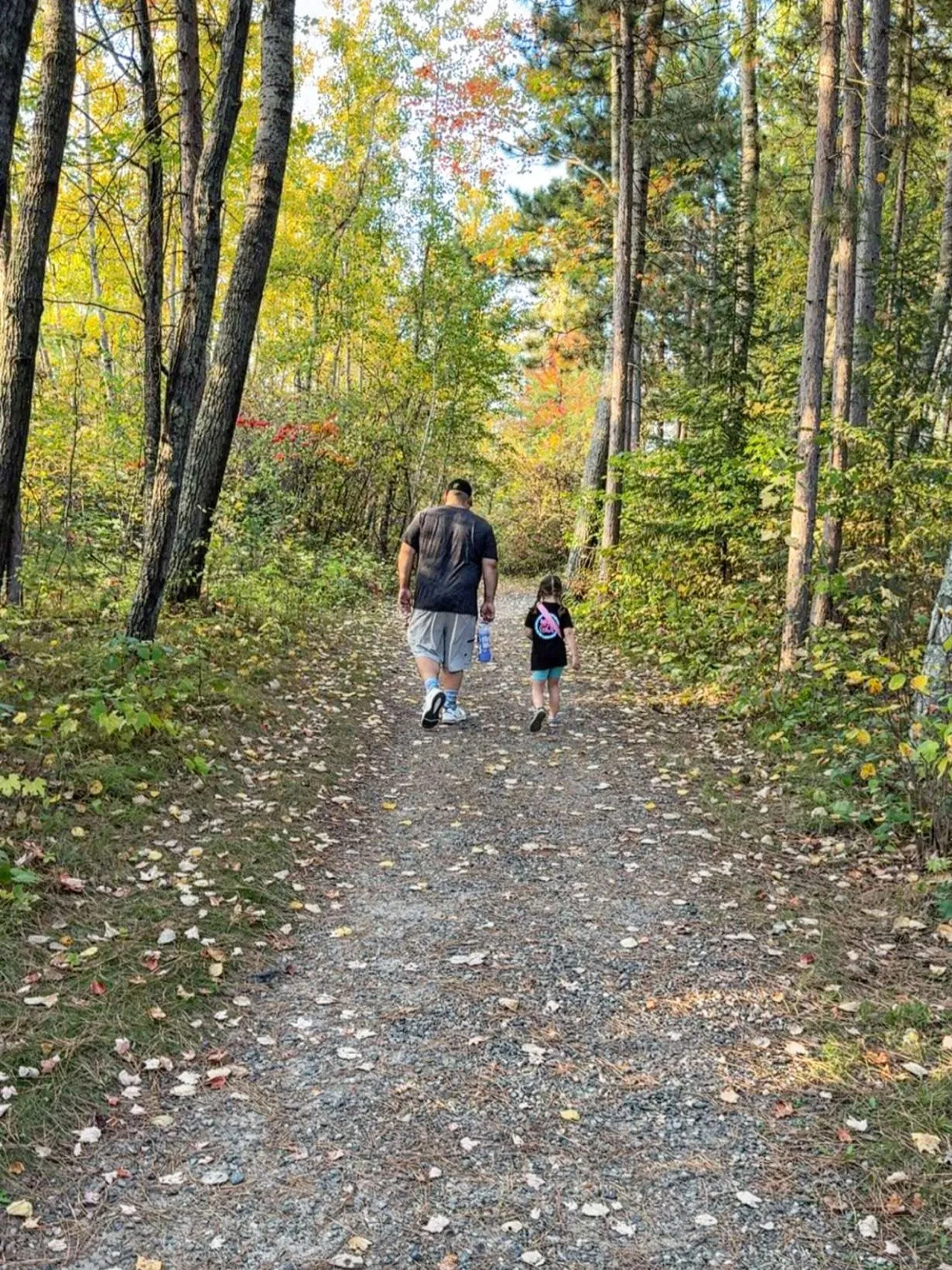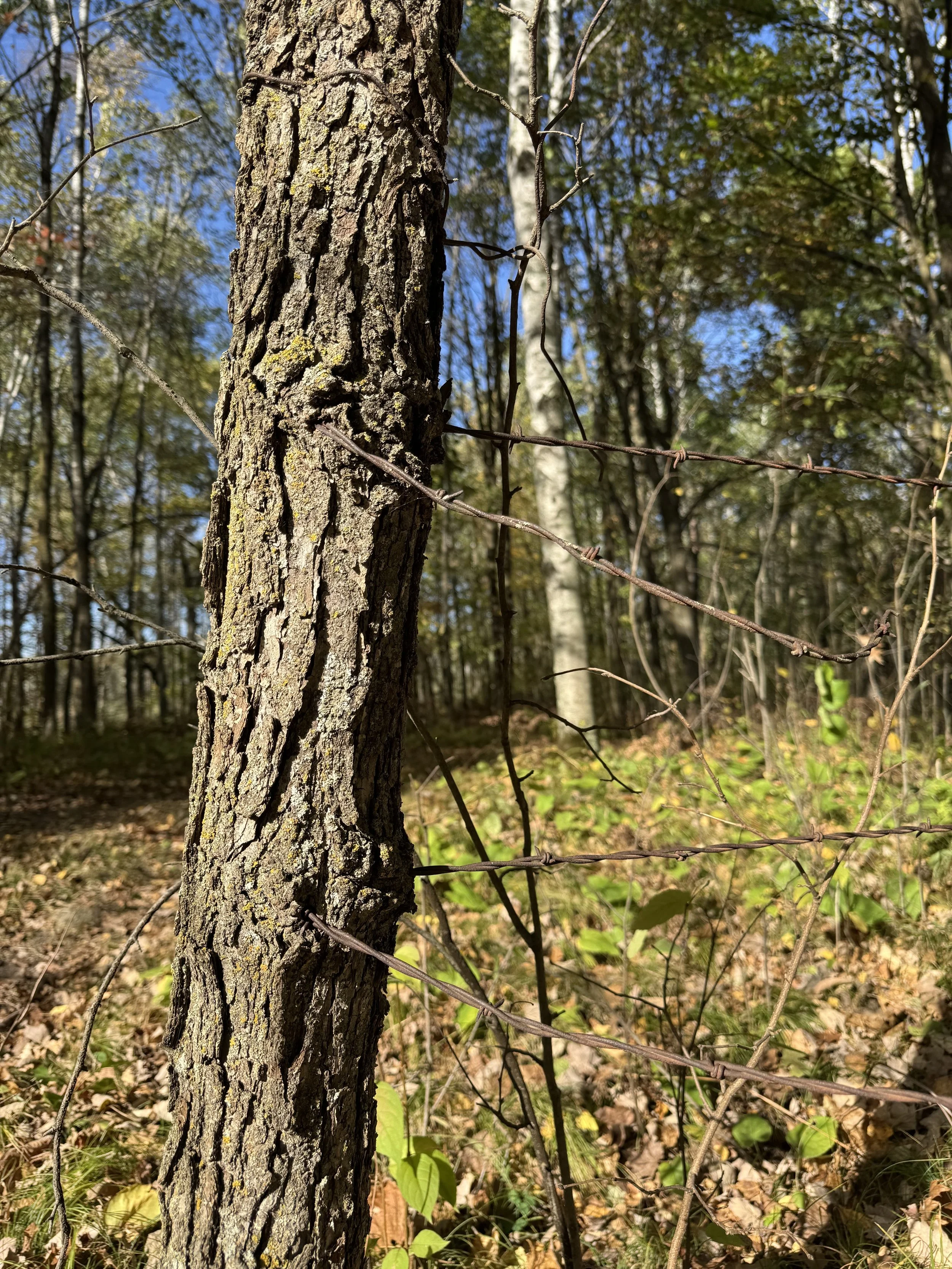KEEPING WILD PLACES WILD
By Mashkodebizhikigahbaw, Benji Sam
In 1830, local government officials, state Governors, elected officials from both the United States House of Representatives and the Congressional Senate, and even the President of the United States have their sights set on allocating land and moving tribes west across the continental United States to further the expansion into North America as a result of the Indian Removal Act. This resonated throughout Indian Country to sound the alarm that if tribes did not seek some kind of land agreement with the United States government, they would risk being forcibly removed from their homeland. Thus, Treaties were signed to establish borders, reservations, territory agreements and settlements for the U.S. government to assume control of lands across the country from tribes who inhabited them for as long as verbal history can recall.
In 1887, the Dawes Act allowed much of those tribal lands and public ground within tribal boundaries to be sectioned and sold privately to the benefit of both state and federal sale. As a result of this act, and many other policies and laws passes like it, tribal boundaries established by treaties were like a drop of water in a lake compared to the former promised land these were agreed upon. For example, the Mille Lacs Reservation was outlined as a 61,000-acre section of land around the west, south, and eastern border of Mille Lacs Lake. For reference, Mille Lacs County is a total of 316,661 acres and the Treaty of 1837 boundary that includes over 7,000,000 total acres spanning across Minnesota and western Wisconsin. Yet today the Mille Lacs Reservation has fought to preserve the rights to a mere fraction of those 61,00 acres after private sales to non-tribal members via the Homestead Act.
Between all the private sales, homesteading, and land collection from state and federal agencies, public lands and wild places in the Unites States began to dwindle through the late 1800's until almost all the land in this country that hosted vast amounts of resources had now become inhabited. But, through many decades of advocacy and planning, with more people joining the efforts, this country began to realize the need for keeping some land exactly the way it is. And so, in the late 1870's, state and federal park services began to preserve the very few wild places we had left.
The year is now 2025, and every day on the news is some new story about politicians looking at once again pushing legislature to taking what small amount of true public lands this country has fought so hard to preserve the last 140 years. From opening public lands to the west or the Boundary Waters Canoe Area potential fracking and nickel mining, politicians present something new every week to sacrifice our wild, untouched landscapes in this country to the highest bidder. This is bad for hunters, gatherers, hikers, bikers, campers, and all who seek to enjoy their time outdoors on accessible public lands and waters. These politicians laugh in the face of conservationists everywhere and hide behind expenditure deficit spread sheets and sell out the one thing that makes America, the Beautiful.
On a recent walk in the woods on public land around the Mille Lacs area, I stumbled upon an old, barbed wire fence, built years ago to change the landscape to fit the need of those who used the land before us. What I found to be interesting, almost exaggeratingly profound in a way, was to discover a piece of land I knew well with multiple old fence lines now completely overcome with new growth. It was then I discovered that simple, intriguing sight, a tree that had begun to engulf the old, barbed wire as if to proclaim it back to the wild on its own. When left unattended, these few tracts of undisturbed land will almost always find a way to become wilder once again. Watching the earth grow new around our own footprint is something magical and is something we should all fight to preserve.
Seeing this simple little tree, hanging onto its own history while showing signs of growth beyond its own scars was a humble reminder that our impact on the lands can affect well beyond our own time here. We talk about the seven generations, providing preservation of culture and resources for our people's future, while fighting across a local, state, and federal landscape that seeks to develop, demolish, diminish, and build. We can always make more tools, we could always make more material to put up a building, but we cannot make more land.
If we can all do our part to take care of it, Mother Earth will take us home as will the ones we leave behind us when we go. We all go to Ebiyan, the Land of Everlasting Happiness, when we live well and carry on teachings from the ones before us. The old ones in my life often spoke about taking care of our things, ourselves, our homes, and our culture. I can't think of anything more important than preserving the very soil and water our ancestors fought so hard to protect. Whether you participate in protecting public lands and waterways or just enjoy conservation of wildlife and being in wild places within areas of the world you like - we can all have an impact on the future of what it means to keep wild places wild.
If you would like to make an impact and join the cause against the current state and federal legislation facing the battle of selling off public lands in this country, please reach out to your local U.S. Representatives and Senators to let them know your public land is not for sale.


